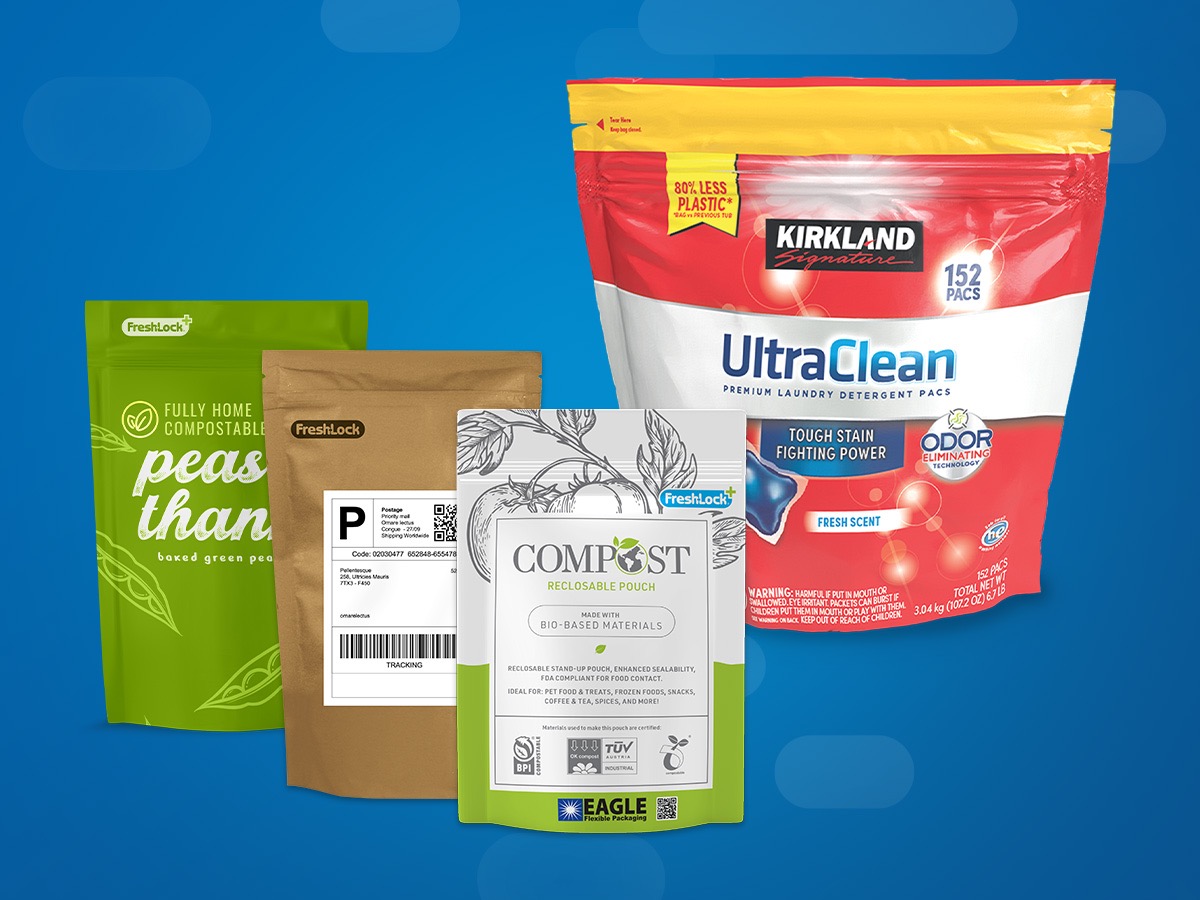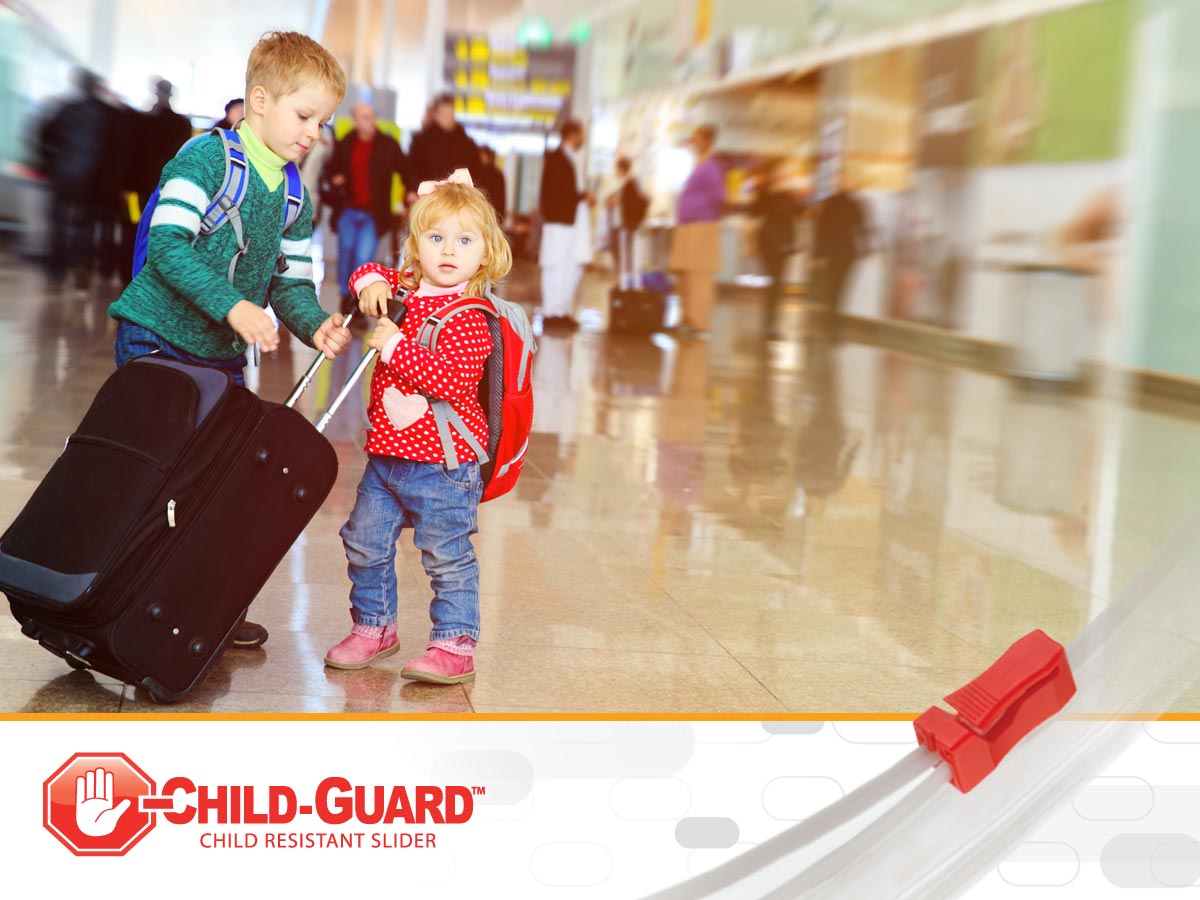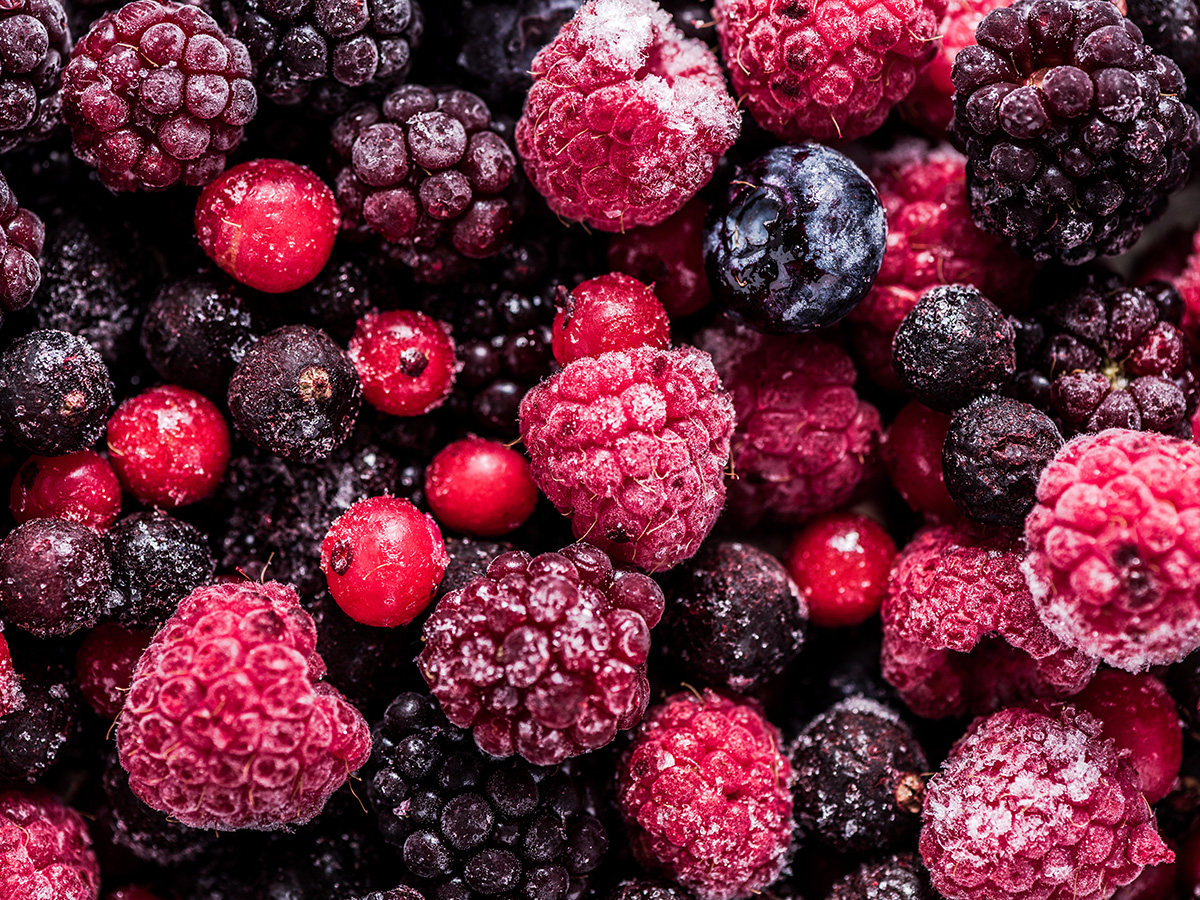
Child-Guard® Guide: Traveling Safely with Your Toddler
Traveling with your family for the holidays or a vacation can be a fun adventure, but make no mistake, there will be moments of frustration along the way.
You're introducing young children to new places and experiences. It's an opportunity to expand their horizons. However, it's also your responsibility to keep kids safe throughout the trip. If you're the parent of a toddler, you certainly have your work cut out for you.
To help moms and dads eliminate some of the worry associated with toddlers and traveling, we put together some helpful advice.
Air Travel with Toddlers
Flying can be an exciting experience for little ones, particularly if it's their first time. There are a few things parents can do to make traveling on a plane safer and less stressful.
Your first challenge will be navigating the airport. Kids under the age of 12 are not subject to the same security screenings as everyone else. The Transportation Security Administration (TSA) will allow you to carry infants and toddlers through the metal detector, but you'll need to keep them nearby as you remove your shoes and put carry-ons on the conveyor belt.
Make sure to tell your child to stay close to you in the airport, especially if he or she is prone to wandering away. Teach your toddler your first and last name. If they only know you as "Mommy" or "Daddy" and get lost, it will be tough for airport employees to page you on the intercom.
When it comes time to fly, babies and toddlers should have approved safety seats. You can bring your own, or the airline may provide one. While many airlines allow children under two years of age to sit on a parent's lap, their own seat with a child restraint system, such as a care seat, is safest. This is because you may not be able to hold them securely if your flight hits turbulence.
The Federal Aviation Administration (FAA) has approved many car seats for air travel. Look for a sticker with "This restraint is certified for use in motor vehicles and aircraft" printed on it to make sure yours is safe for the plane.
It's best to have your child sit in the window or middle seat and not next to the aisle. Curious kids like to reach into the aisle and could get hurt as flight attendants, passengers, and beverage carts move by.
Hotel Safety Tips
Staying at a hotel when you reach your destination? That comes with a different set of challenges. You may have baby proofed your home, but your hotel room is a new safety hazards to consider.
For little kids, hotels are interesting places. However, with fewer toys and a new area to explore, there are plenty of opportunities for toddlers to find trouble.
Parenting website WhattoExpect.com suggests getting down on your hands and knees to check out your hotel room from your child's perspective. Look for choking hazards like coins on the floor as well as items they could pull off tables and nightstands.
If you're using the hotel's Pack 'n Play, make sure they are not using recalled models.
Some parents carry a travel-sized baby-proofing kit. It's a good idea to have a few outlet plugs, a toilet seat/lid lock, and table corner protectors packed in your luggage to eliminate some hazards. A roll of duct tape will also come in handy for covering outlets, keeping drawers or cupboards closed, and taping up cords and strings for window blinds.
Remember to use the latch inside your hotel room to keep the door locked. Otherwise, your toddler may escape and start wandering the halls. If your room has a balcony, keep patio doors locked as well.
Some of the most important hotel room safety precautions start when you're at home packing. You should keep things like medications in the original child-resistant packaging instead of a travel container.
Store cosmetics and beauty supplies out of reach. You may not think of these items as a safety risk, but Poison.org says personal care products top the list of common pediatric exposures.
Stay Safe When Visiting Grandparents
Most grandparents take good care of their grandkids, and their home should be considered a safe place. However, don't forget that it may have been quite some time since they've had little ones running around their house.
When you're planning an extended stay, or if grandparents will be watching your kids, it's smart to remind them about common household hazards. Grandparents should safely store things like laundry packets, cleaning supplies, and potentially hazardous products in the garage. That means locking them up or placing them out of reach.
Older adults are likely to have more prescriptions and over-the-counter medications, which should also be kept out of reach and stored in child-resistant packaging.
Child-Resistant Packaging for Your Home and Safe Travels
We developed the Child-Guard® slider to provide a child-resistant solution for flexible packaging. As more and more products are being sold in bags and pouches instead of rigid containers, Child-Guard® offers a way to protect kids and give caretakers more time to react to potentially dangerous situations.
Look for Child-Guard® on popular brands in the laundry aisle as well as on a growing number of other product types from responsible companies. Show your support for protecting kids every time you purchase these products.
How would you protect little ones with child-resistant flexible packaging technology? Tell us on social media using the hashtag #guardit. Like Child-Guard® on Facebook, too! That's where you'll find even more helpful advice for parents of toddlers.

 Back to Blog
Back to Blog


